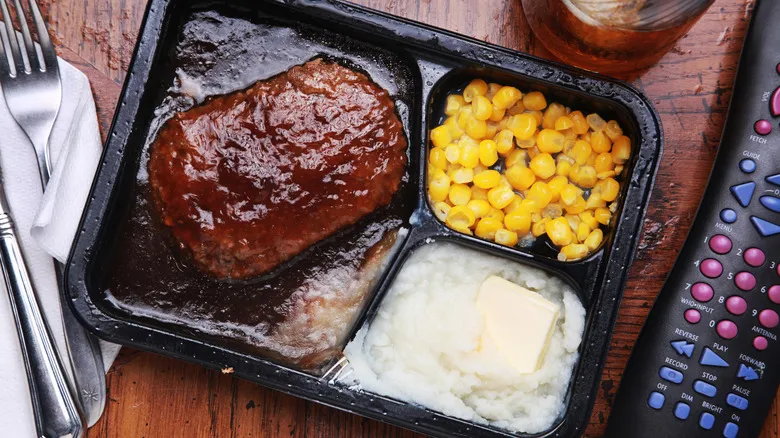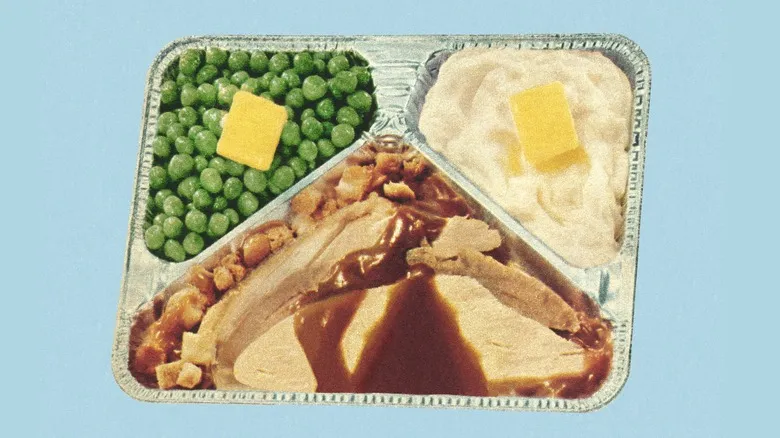How WWII and a disastrous Thanksgiving brought us TV dinners

In the initial decades following Birdseye's invention, frozen foods appealed to a very small audience. Significant advancements occurred towards the end of World War II when Maxson Food Systems Inc. created a range of frozen meals specifically for military personnel. Known as "Strato-Plates," these meals resembled traditional TV dinners: a plastic tray divided into three sections for meat, vegetables, and potatoes, but they were designed for consumption on airplanes rather than in front of a television. Another innovation from the 1940s, Jack Fisher's FridgiDinners, targeted bars and taverns lacking full kitchen facilities or cooking staff.
In 1949, two brothers from Pittsburgh established Frozen Dinners Inc., and within five years, they sold over 2.5 million meals to consumers in the Eastern United States. However, the TV dinner truly took off in 1953 when the Nebraska-based Swanson company faced a significant drop in Thanksgiving sales, resulting in a surplus of 260 tons of turkey. An executive at the company came up with the clever idea to package portions of the leftover turkey with sides of cornbread stuffing and sweet potatoes, selling them in aluminum trays for convenient reheating in the oven. A bacteriologist named Betty Cronin played a crucial role in helping Swanson refine the process to ensure customers could avoid foodborne illnesses. However, the identity of the executive who originated this idea remains somewhat unclear.
Who deserves credit for the TV dinner?

For many years, Gerry Thomas, a Swanson salesman who had only been in the role for a short time when the turkey crisis occurred, was credited with the creation of TV dinners. According to popular accounts, Thomas had a flight where he was served a meal on a tray, which inspired him to repackage Swanson's excess meat in a divided aluminum tray. He sketched his idea and presented it to his superiors. The company capitalized on two significant trends of the 1950s—the rise of television and the influx of women into the workforce—marketing their frozen meals as "TV dinners," perfect for a housewife to prepare quickly after work while enjoying sitcoms with her family.
This narrative gained widespread acceptance, and Thomas was even recognized by the American Frozen Food Institute with an induction into their Frozen Food Hall of Fame. However, in 2003, new information emerged that questioned Thomas's account. Descendants of Swanson executives Clarke and Gilbert Swanson alleged that the brothers had conceived the idea independently and that Thomas had taken credit for it. It is also claimed that Gilbert Swanson had a similar revelation during a flight, just as Thomas described. This alternate version is supported by Betty Cronin, whose involvement in the invention has never been contested. The Swanson brothers both passed away in the 1960s, and Gerry Thomas died in 2005, likely taking the true story with him.
Recommended

Why You May Need To Shop At Multiple Grocery Stores If You Really Want To Save Money

5 Obscure Pasta Shapes With Fascinating Backstories

The Grocery Bagging Hack That'll Save You From Using Plastic Bags Ever Again

The Genius Trick To Make Supermarket Self-Checkouts Faster
Next up

